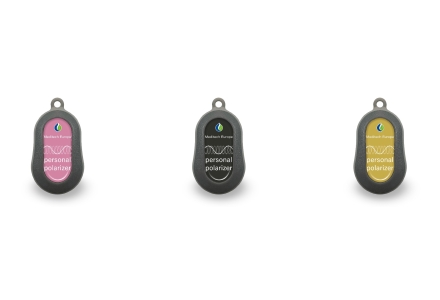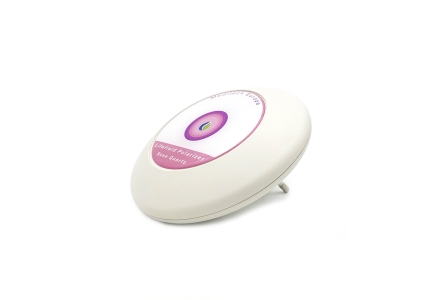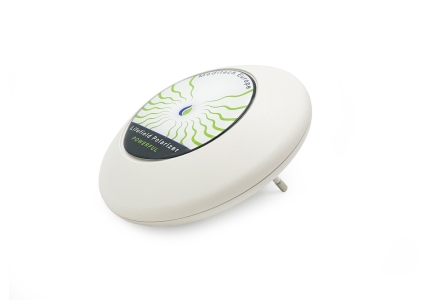
In the constant stream of sounds that fills our world, there are frequencies that whisper, that do not reach us through our ears but still have an impact on our environment and our well-being. These silent frequencies, both infrasound and ultrasound, have the power to create a spectrum of effects that can be both positive and negative. In this comprehensive exploration, we delve deeper into the world of sound technology, sound sensitivity, and the impact of silent frequencies on our well-being.
Introduction to Silent Frequencies
What are Silent Frequencies?
Silent frequencies, also known as infrasonic and ultrasonic frequencies, are sound waves that lie outside the range of human hearing. Infrasonic frequencies have a lower frequency than what the human ear can perceive, while ultrasonic frequencies have a higher frequency than what our ears can register.
However, these silent frequencies are not any less relevant than their audible counterparts. Although we cannot hear them, they do have an impact on our environment, our health, and our well-being. These inaudible sound waves permeate the air around us and can originate from various sources, from natural sources such as wind and waves to man-made sounds such as machinery and technological devices.
Sound Technology and Silence
In a world that seems to be getting louder, the value of silence is becoming increasingly important. Sound technology plays a crucial role in understanding and manipulating silent frequencies. Through advanced equipment and techniques, scientists and engineers can capture, analyze, and even utilize these inaudible waves for various applications.
The rise of sound technology has also led to a better understanding of how silent frequencies affect our well-being. Using advanced sensors and measurement equipment, researchers can study the impact of infrasonic and ultrasonic frequencies on our health and environment, thereby discovering new opportunities to apply this knowledge in various domains, from medicine to architecture.
The Impact of Silent Frequencies on Well-being
Positive Effects of Silent Frequencies
Although we cannot hear them, silent frequencies can have a positive impact on our well-being. One of the most noticeable benefits is their ability to reduce stress and promote relaxation. Research has shown that certain frequencies, such as those of natural sounds and soothing music, can have a calming effect on the nervous system, resulting in a sense of inner peace and well-being.
Sound therapy, a form of treatment that utilizes sound waves to address health issues, also utilizes silent frequencies to alleviate various conditions, including sleep disorders, anxiety, and depression. By applying specific frequencies, sound therapists can bring the body and mind into a state of harmony, leading to improved sleep, increased concentration, and overall well-being.
Negative Effects of Silent Frequencies
On the other hand, silent frequencies can also have negative effects on our well-being, especially when they originate from sources such as noise pollution and technological devices. Prolonged exposure to infrasonic frequencies can lead to symptoms such as fatigue, headaches, and dizziness, and can even be harmful to hearing and the nervous system.
Ultrasound frequencies, although inaudible to humans, can also be harmful when exposed to high levels, especially in industrial environments where ultrasonic equipment is used. These sound waves can cause tissue damage and can even affect the behavior and health of animals in the vicinity.
The Role of Silent Frequencies in Nature
Influence on Plants and Animals
Silent frequencies not only play a role in human well-being but also influence life in nature. Plants and animals are often sensitive to these inaudible sound waves and may respond to them in ways that may surprise us.
Some studies suggest that certain frequencies can stimulate plant growth and increase resistance to diseases, while others may be harmful and inhibit growth. Animals, such as birds and marine mammals, may also respond to ultrasonic signals, which they use for communication and navigation.
Impact on Ecological Balance
The impact of silent frequencies on the ecosystem is a subject of ongoing research. While some frequencies may have a positive impact on the natural environment, others may contribute to disruptions in ecological systems, such as changes in animal migration patterns or disruptions in plant growth.
Understanding these dynamics is essential for preserving ecological balance and creating sustainable environments where both humans and animals can thrive.
Health Risks and Safety Measures
Health Risks of Low-Frequency Sound
Although silent frequencies are often considered harmless due to their inaudible nature, they can still be potentially dangerous, especially when they originate from sources such as industrial noise or technological devices.
Prolonged exposure to infrasonic frequencies can pose health risks, including hearing loss, sleep disorders, and cardiovascular diseases. It is important to take safety measures to limit exposure to low-frequency sound and protect health.
Sound Therapy and Well-being
Techniques for Stress Relief and Relaxation
Sound therapy is a promising approach to stress relief and relaxation that utilizes silent frequencies to promote a sense of well-being. Through techniques such as binaural beats, where two different frequencies are played to each ear, sound therapy can synchronize the brain and induce a deep state of relaxation.
Other forms of sound therapy, such as sound baths and meditative music, can also be effective in reducing stress and promoting a sense of inner peace. These approaches use specific frequencies and rhythms to calm the nervous system and bring the body into a state of balance.
Conclusion: Finding Balance in Silence
In a world that seems to be getting louder and more hectic, the value of silence and silent frequencies is difficult to overstate. Although often overlooked due to their inaudible nature, silent frequencies have a profound impact on our well-being, health, and environment.
By gaining a deeper understanding of these invisible forces and utilizing advanced sound technology, we can discover new ways to harness the positive effects of silent frequencies while mitigating the negative effects. From sound therapy to ecological conservation, the possibilities are endless as we learn to find balance in silence.
For more information on sound technology, sound sensitivity, and the impact of silent frequencies on well-being, please contact Meditech Europe at info@meditecheurope.nl or by phone at +31527 292 331.
FAQ
What are silent frequencies? Silent frequencies, also known as infrasonic and ultrasonic frequencies, are sound waves that lie outside the range of human hearing. They can have both positive and negative effects on our well-being and environment.
Can silent frequencies improve sleep? Yes, certain silent frequencies, such as those of natural sounds and soothing music, can improve sleep by reducing stress and promoting relaxation. Sound therapy is an effective approach to stress relief and can be used to improve sleep quality.
How do silent frequencies affect animals? Silent frequencies can have a significant impact on animals, especially in the natural environment. Ultrasonic signals are often used by animals for communication and navigation, while infrasonic frequencies can affect plant growth and animal behavior.
Are there health risks associated with low-frequency sound? Yes, prolonged exposure to infrasonic frequencies can pose health risks, including hearing loss, sleep disorders, and cardiovascular diseases. It is important to take safety measures to limit exposure to low-frequency sound and protect health.
With a profound understanding of the power of silent frequencies, we can discover new ways to improve our well-being and create a more harmonious relationship with our environment.









